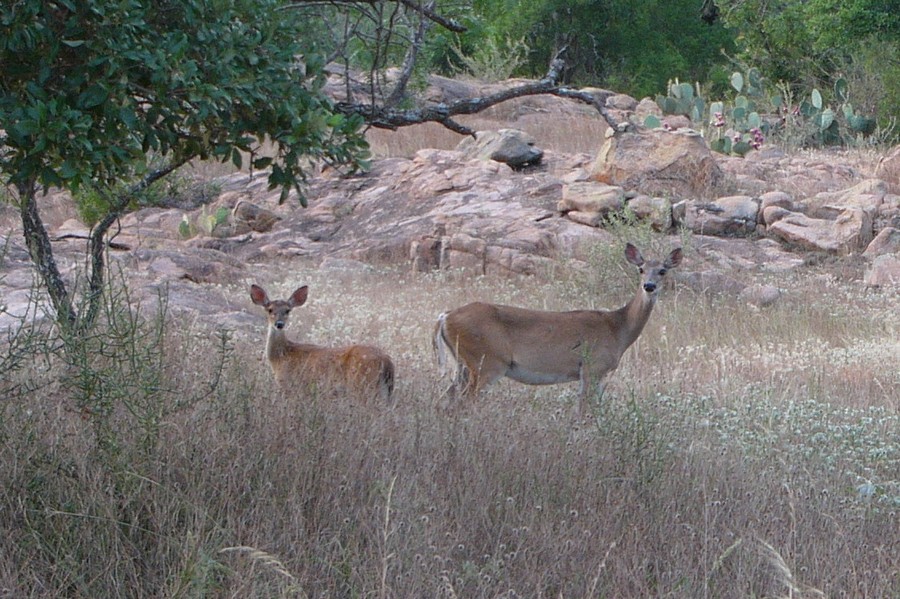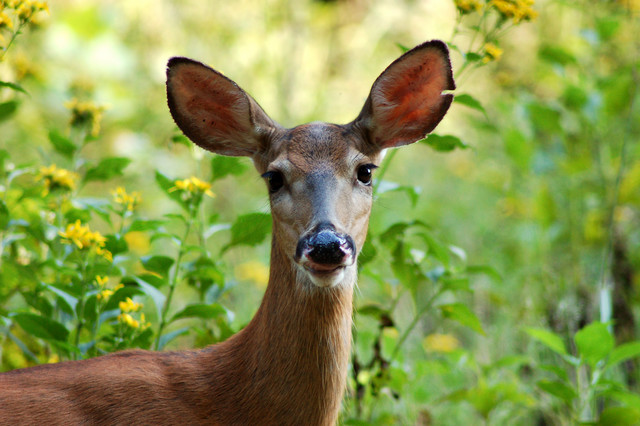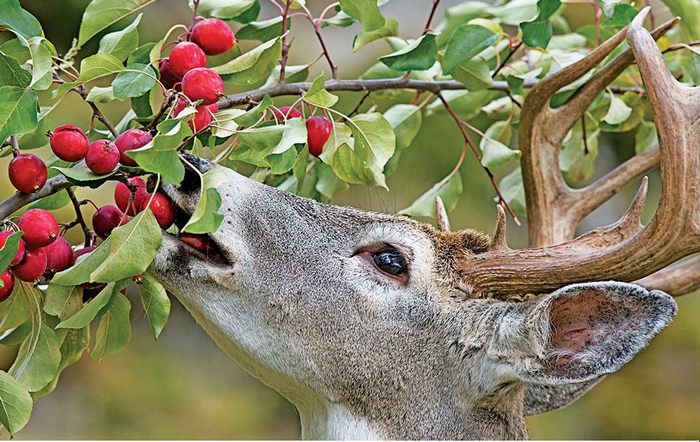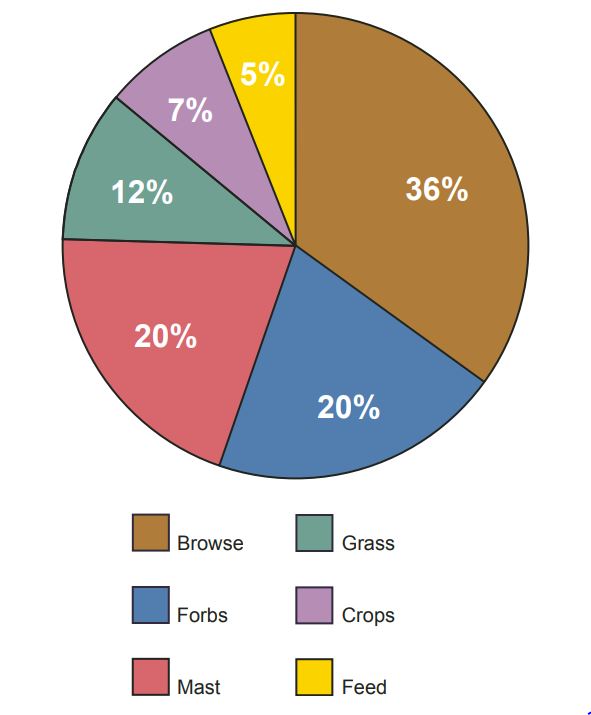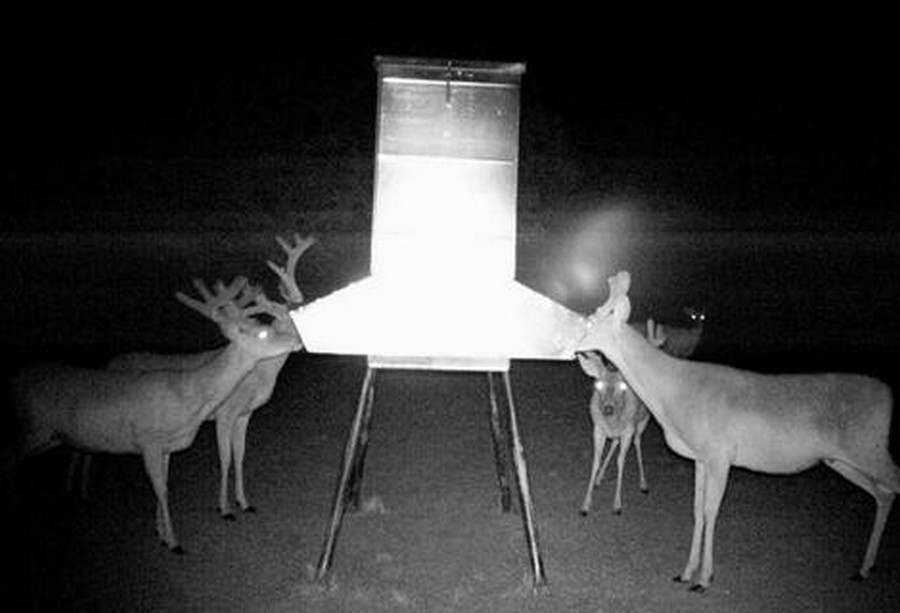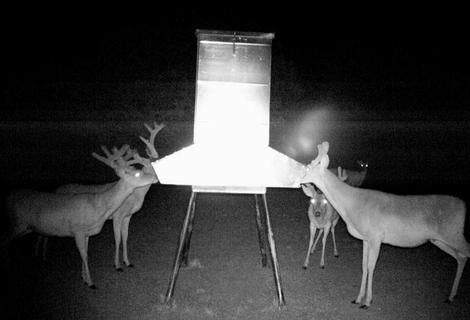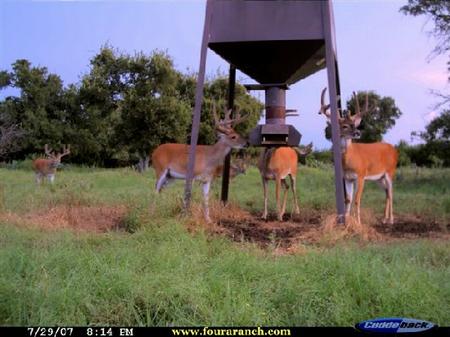Cottonseed for Deer
A big part of deer management is ensuring the physical health of individual white-tailed deer. Supplemental foods can help, but is cottonseed for deer a good idea? Possibly, as healthy deer makes for a healthy deer herd. Individual deer health is important for maintaining body mass, promoting maximum antler growth in bucks, and optimal milk production in does. Furthermore, healthy does means better annual fawn survival.
The energy and protein requirements of deer have become more understood over the years. Consequently, deer managers now focus much of their attention on meeting and exceeding the food requirements of white-tailed deer. This can be done in either of two ways. The first is through native habitat improvement. The second is by providing supplemental food. In some areas, feeding cottonseed for deer is an option that should be considered.
Feeding Cottonseed to Deer
Pelleted protein ranges from 14-24 percent protein and is readily available throughout the whitetail’s range. Protein pellets are commonly offered in free-choice feeders for deer. Most managers use a pellet that provides 16-20 percent protein. Pellets are super easy to use. However, costs is always a factor and managers often consider other sources of protein for deer diet supplementation. Several sources of “alternative” protein include crop seeds such as whole cottonseed and soybeans. Let’s discuss cottonseed for deer.
In some areas, cottonseed is readily available and a real option for managers. However, cottonseed contains a compound known as gossypol. This is a toxic pigment that the plant naturally produces. It’s believed that gossypol discourages consumption of the seed by animals. I’m probably not making a case for feeding cottonseed to deer at this point, but wait, there’s more.
Furthermore, gossypol can reduce reproductive ability in some mammals when consumed at high rates. Okay, so stick a fork in cottonseed? Nope, it’s not done yet! Fortunately, recent research in Texas has found that white-tailed bucks are not negatively effected by whole cottonseed, even when it makes up a high percentage of a deer’s diet. Yes, I’m saying there’s a chance.
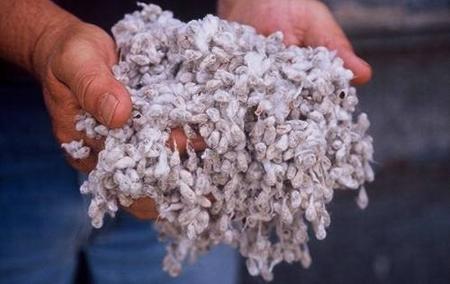
Cottonseed Research
“We’ve done a series of independent projects,” said David Hewitt, the institute’s Stuart W. Stedman Chair for White-tailed Deer research. “In fact, we had five bucks on a 40-percent whole cottonseed diet and five bucks on pellets and chopped alfalfa from June through September. We looked at body weight, semen samples, and blood. We did not see any negative effects the first year.
The bucks on 40-percent whole cottonseed did lose some weight while the other bucks (on pellets and alfalfa) did not. Again, there were no toxic effects on the sperm or red blood cells. The bucks maintained their weight while the control group bucks gained weight. The doe weights did not change.”
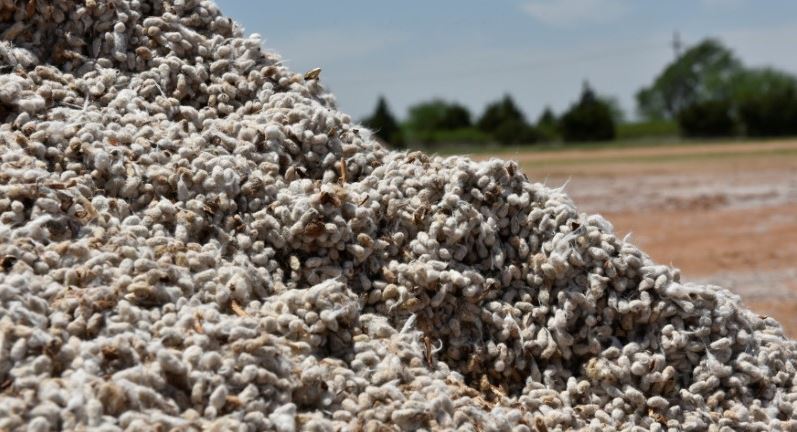
Cottonseed by the Numbers
At over 22 percent crude protein, cottonseed is a high-protein food alternative that is also rich in phosphorus. This is great news, as phosphorus is one of the most limited nutrients in native forages. Phosphorus is important for body growth as well as antler growth in bucks. In addition to white-tailed deer performing well on cottonseed, there are some other positives surrounding the feeding of whole cottonseed.
Non-target species, such as feral hogs, raccoons and other varmints do not eat whole cottonseed. Furthermore, these animals do not even have to be excluded from cottonseed feeders. They simply will not use cottonseed as part of their diets. This helps the bottom line by limiting consumption by animals other than the target species, whitetail deer. As we all know, a decent percentage of pellets is lost in waste, to both the weather and non-target wildlife.
Whole Cottonseed for Deer
All in all, cottonseed is a solid choice as a supplement for whitetail because it’s high in protein, high in fat, and it does not easily degrade under moist conditions. In fact, it does not get any easier than feeding cottonseed to deer. You can simply place cottonseed out on the ground or in a free-choice feeder. Standard whole cottonseed is not the only game in town. There is also a slightly modified product called EasiFlo, and it has some advantages.
EasiFlo cottonseed has the same nutritional benefits as regular (fuzzy) whole cottonseed, but is starch-coated to improve handling. This new cottonseed flows freely and can easily be augered through traditional grain-handling equipment. This choice really does make feeding cottonseed for deer easy. It also increases the options for the deer manager and hunter.
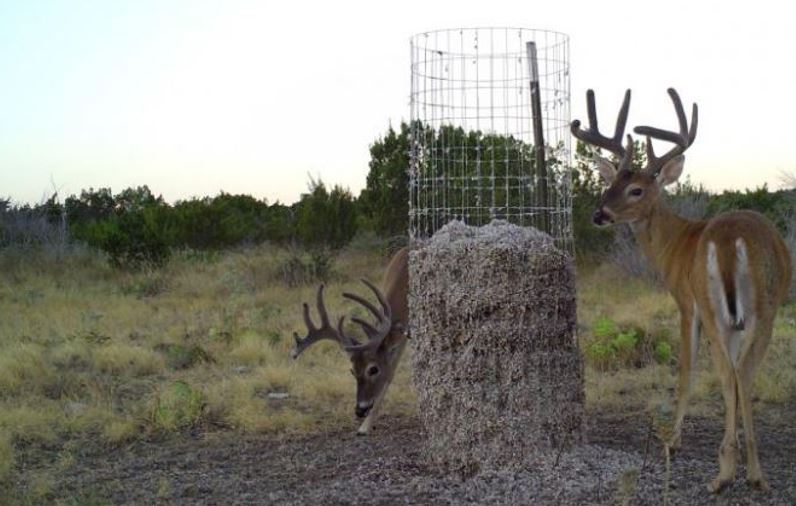
Cottonseed for Bucks
Whole cottonseed as a supplemental food for deer is great for maintaining the physical health of a herd. It is especially effective for improving the body condition of bucks following the rut. Because cottonseed is high in protein and fat it allows post-rut bucks to put weight back on rapidly, meaning more energy is reserved for antler growth. Following the end of the breeding season, new antler growth kicks off just a few months later. You do not want bucks struggling to put on weight at that time.
Feeding cottonseed will increase deer body condition, help improve annual fawn production and allow for increased antler development in bucks. However, cottonseed as a feed it should not be considered a complete ration for white-tailed deer. It’s not a one-stop-shop, but whole cottonseed is still a good supplement for whitetail. What is makes up in protein and fat it lacks in some nutrients.
Sizing Up Cottonseed for Deer
Whole cottonseed lacks many of the micro- and macro-nutrients that protein pellets contain. After all, pellets are developed to serve as a complete ration/diet for deer. However, cottonseed fits the bill for free-ranging deer in good habitat. Whitetail will pick up other necessary nutrients from other aspects of their diet. Although cottonseed has many great qualities, its availability may be limited in your area. This is the primary reason why more managers do not use cottonseed for deer.
Remember, regardless of whether you decide to supplement a deer herd through protein pellets, crop seeds or food plots, supplements are only intended to compliment native forage. Supplementation is most important during periods of stress. With this in mind, cottonseed is well suited to serve as a true supplement for deer. If it’s available in your area, cottonseed for deer is a good idea, especially after the rut in late-winter.
